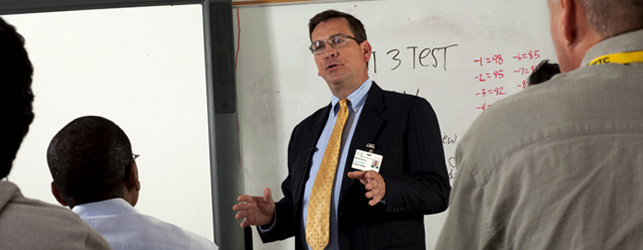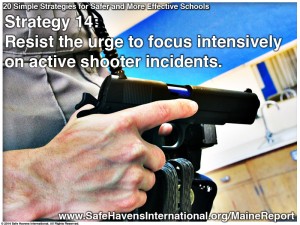
South Carolina Department of Education Selects Safe Havens International Selected to Develop a School Safety Train-The-Trainer Program
South Carolina Department of Education Selects Safe Havens International Selected to Develop a School Safety Train-The-Trainer Program
After a lengthy competitive bid selection process, Safe Havens International was chosen by the South Carolina Department of Education to create a new train-the-trainer program. Through this program, 250 carefully selected instructors will be selected to participate. SHI will conduct five training sessions in different regions of the state this winter. After successfully completing the program, participants will be able to provide multiple blocks of instruction to local school officials across the state. Participants will also be trained in the SHI “Dorn Drill” process and will be provided with a series of custom audio scenarios for use in prompting staff to initiate emergency protective actions such as lockdown, evacuation, reverse evacuation, room clear, severe weather sheltering, sheltering in place for and hazardous materials. Graduates of the program will be able to load the audio scenarios onto portable devices and tablets to use them to prompt staff to initiate school-level drills, to conduct one-on-one spot checks of staff, and for use in structured staff development sessions. Graduates of the program will also receive a variety of other tools such as drill scoring instruments to help them improve fidelity and to provide improved documentation for their drill processes.
Safe Havens has been honored to conduct other types of school safety projects in a number of states including Indiana, Wisconsin, Hawaii, Maine and the Commonwealth of Pennsylvania. Our project team is excited to have this opportunity to help the South Carolina Department of Education provide helpful tools to further enhance safety, security and emergency preparedness throughout the state.

